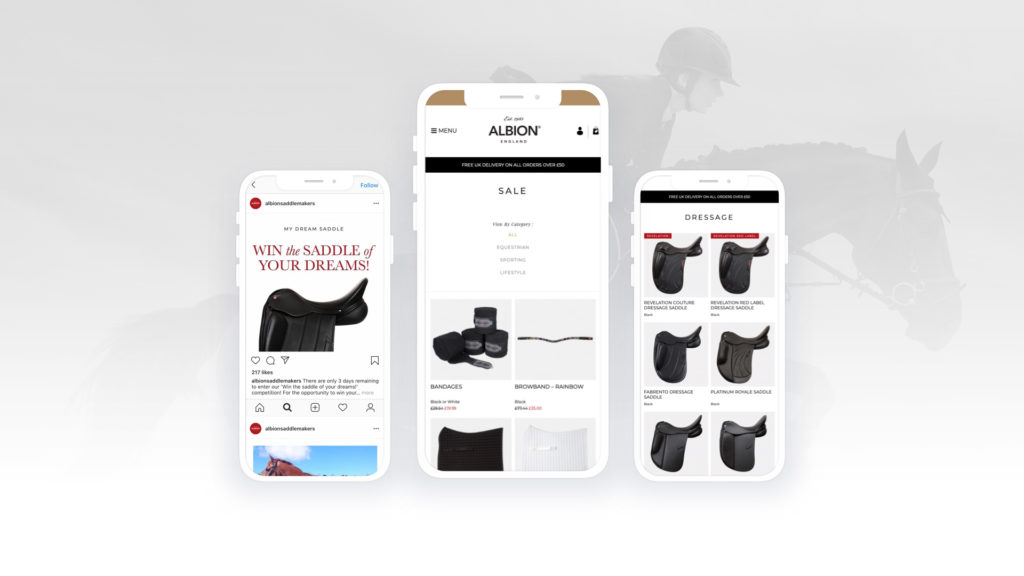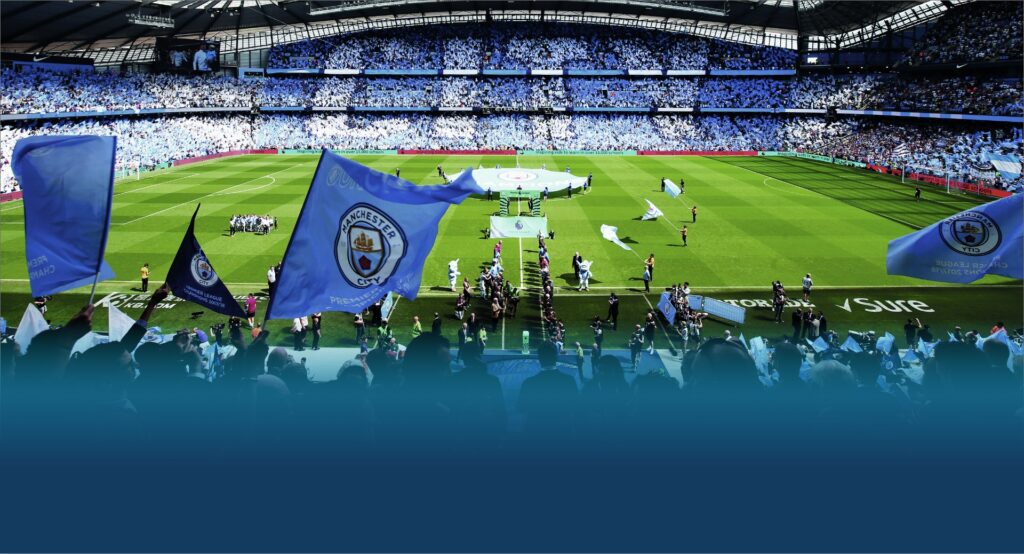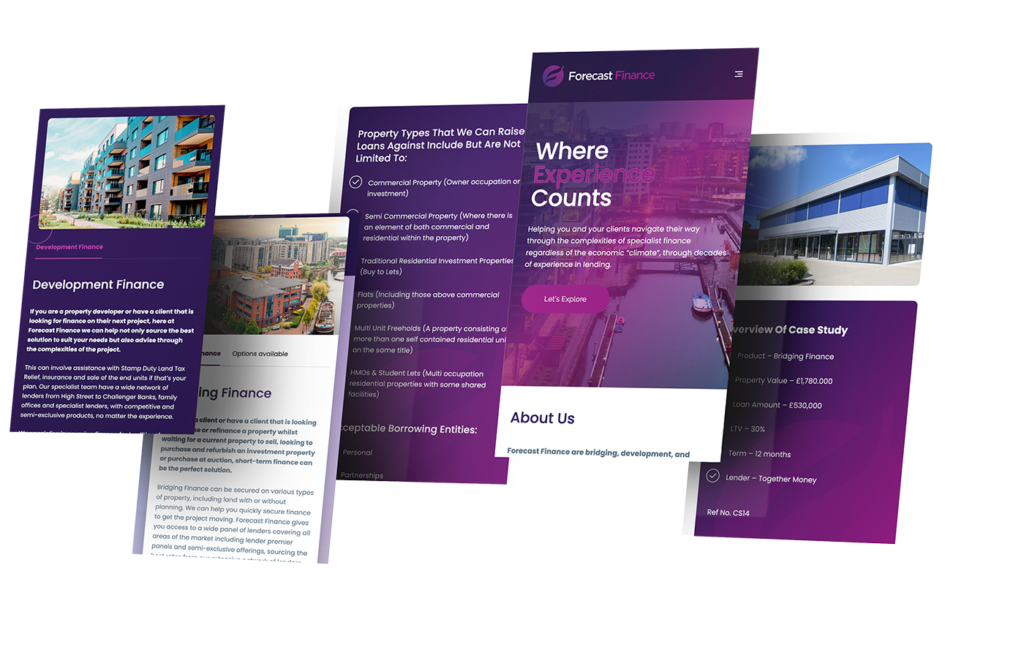SEO Jargon Buster

Search Engine Optimisation (SEO) is an important part of any organisation’s marketing strategy. However, it’s a process that can often leave people feeling confused about how it works and the meaning behind some of the technical terms associated with it.
If this sounds like you, don’t worry our dedicated SEO experts have got you covered with this SEO Jargon Buster, which will help you grasp a better understanding of the process and how it can benefit your business.
In this post, we’ll cover the following SEO jargon:
WHAT IS SEARCH ENGINE OPTIMISATION?
When a user searches for a particular word or phrase on a search engine such as Google, your website competes against other websites to rank in the results related to that search query.
SEO is essentially the ongoing process of improving your website’s visibility and performance on these search engines for topics related to your industry, products and services.
Without implementing SEO practices into your marketing strategy, your online visibility will be low, meaning your sales and lead potential will be limited.
This is where understanding SEO jargon becomes very useful.
KEYWORDS
Keywords:
The words or phrases that are entered into the search engine.
SERP:
This stands for Search Engine Results Page and is the list of websites related to your search.
Search Volume:
The number of times a keyword was searched, it is usually given as a monthly estimate.
Short-tail Keywords:
Broader queries which tend to have high search volumes.
Long-tail Keywords:
More specific queries which tend to have lower search volumes.
Keyword Ranking:
A website’s organic ranking positioning in a SERP for a particular keyword.
Keyword Difficulty:
A metric used by SEO tool service providers to measure how difficult or easy it would be to rank a page for a particular keyword.
Keyword Stuffing:
The tactic of overusing important keywords in your content and links. This goes against SEO best practices and can harm your chances of a high ranking.
Keyword Cannibalisation:
When a website targets the same keyword across multiple pages.
Commercial Intent:
This refers to when the user is trying to learn more before making a purchase.
Informational Intent:
This refers to when the user is trying to find out more information.
Navigational Intent:
This relates to when the user is trying to find a specific website.
Transactional Intent:
This is when the user is looking to make a purchase but hasn’t decided where to buy from.
LINKS
Backlinks:
These are links from another website to your website.
Broken Links:
These are links on a website, that don’t work because they point to a non-existent resource or page.
Internal Links:
Links on your website that lead to other pages on your website.
External Links:
Links on your site that go to another external website.
Link Building:
This relates to the process of acquiring backlinks to your website.
Link Equity:
The value or authority a link can pass to its destination.
Link Volume:
The number of links on or pointing to a page.
Guest Blogging:
The practice of writing and publishing a blog post on another website.
TECHNICAL
Technical SEO:
Technical optimisations are used to help search engines find, crawl, understand, and index your pages.
Google Algorithm:
These are a set of rules used by Google to rank results when a user performs a search.
Local SEO:
This is optimisation that helps your business be more visible in local search results.
Page Speed:
The amount of time it takes for a web page to load.
HTML:
Hypertext Markup Language. One of the coding languages used to build websites.
Hreflang:
A HTML attribute that is used to tell Google about alternate versions of a web page for different languages and/or regions.
HTTPS:
An encrypted version of HTTP that protects the communications between your browser and server from being intercepted and tampered with by attackers.
Crawler:
Crawlers scour the internet and are mostly used to discover and index web content.
Crawl Budget:
The number of pages a search engine bot will crawl on your website.
Sitemap:
A list of URLs that search engine crawlers use to discover and index your content.
Robots.txt file:
A file that suggests which parts of your site search engines should and shouldn’t crawl.
Indexing:
This refers to how search engines store and organise the information and the websites that they know about.
Deindexing:
When a specific page or website has been removed from a search engine index. This can happen if your website violates search engine rules.
Website Authority:
A metric from SEO tool providers that measures the relative strength/popularity of a site. Other names include domain rating and domain authority.
Schema (Data):
Code that helps search engines to better understand and represent your content in the search results.
Meta Robots Tag:
Code that gives crawlers instructions for how to crawl or index your website’s content.
Rendering:
The process of a browser turning a website’s code into a viewable page.
Canonical Tag:
A HTML element that tells search engines which specific URL is the “original” version of a page.
301 Response Code:
A response code that tells search engines that the page has permanently moved to a new URL.
301 Redirect:
An instance of being taken from one URL to another one because the page has been permanently moved.
302 Response Code:
A response code that tells search engines that the page has temporarily moved to a new URL.
404 Response Code:
Also known as 404 not found. A status that says the page or resource can’t be found.
ON-PAGE
On-page SEO:
Optimisations you do on your web page to improve its ranking in search results.
Meta Description:
A snippet of HTML text, which summarises the content of a page.
Title Tag:
A snippet of HTML text, that is used to specify the title of a page.
Heading Tags:
A HTML element that is used to designate headings on your page in order of priority.
Duplicate Content:
Content that appears in more than one place on a website.
Alt Attribute:
HTML code that provides information to search engines and screen readers to understand the contents of an image.
Anchor Text:
The words that are hyperlinked to another page. This text provides contextual information about what the page or website being linked to is about.
URL Slug:
The part of the URL that follows the slash (“/”) after the domain name or subfolder.
OFF-PAGE
Off-Page SEO:
Off-page search engine optimisation practices are the factors you do outside your page to improve its rankings. For example, link building.
Social media marketing:
Using social media to a company’s brand, increase sales and drive traffic to a website.
Influencer Marketing:
A type of social media marketing where influencers endorse and promote services or products.
TOOLS
Google Analytics:
A free web tracking tool offered by Google to analyse how visitors interact with your website.
Google Search Console:
A free service from Google that helps you monitor and troubleshoot your website’s appearance in their search results.
Google Business Profile:
A free business listing from Google that shows up in maps and web search results.
Bing Webmaster Tools:
A free tool from Microsoft that helps you monitor and troubleshoot your website’s appearance in Bing’s search results.
EDGE CREATIVE
We are an integrated marketing agency that understands the importance of SEO Strategy alongside a wider content marketing plan. If you are interested in finding out how we can incorporate an SEO plan into your marketing, get in touch by calling 0121 355 8092 or emailing info@edge-creative.com.
Want to see how you can improve? Claim your free SEO and Website audit.

















